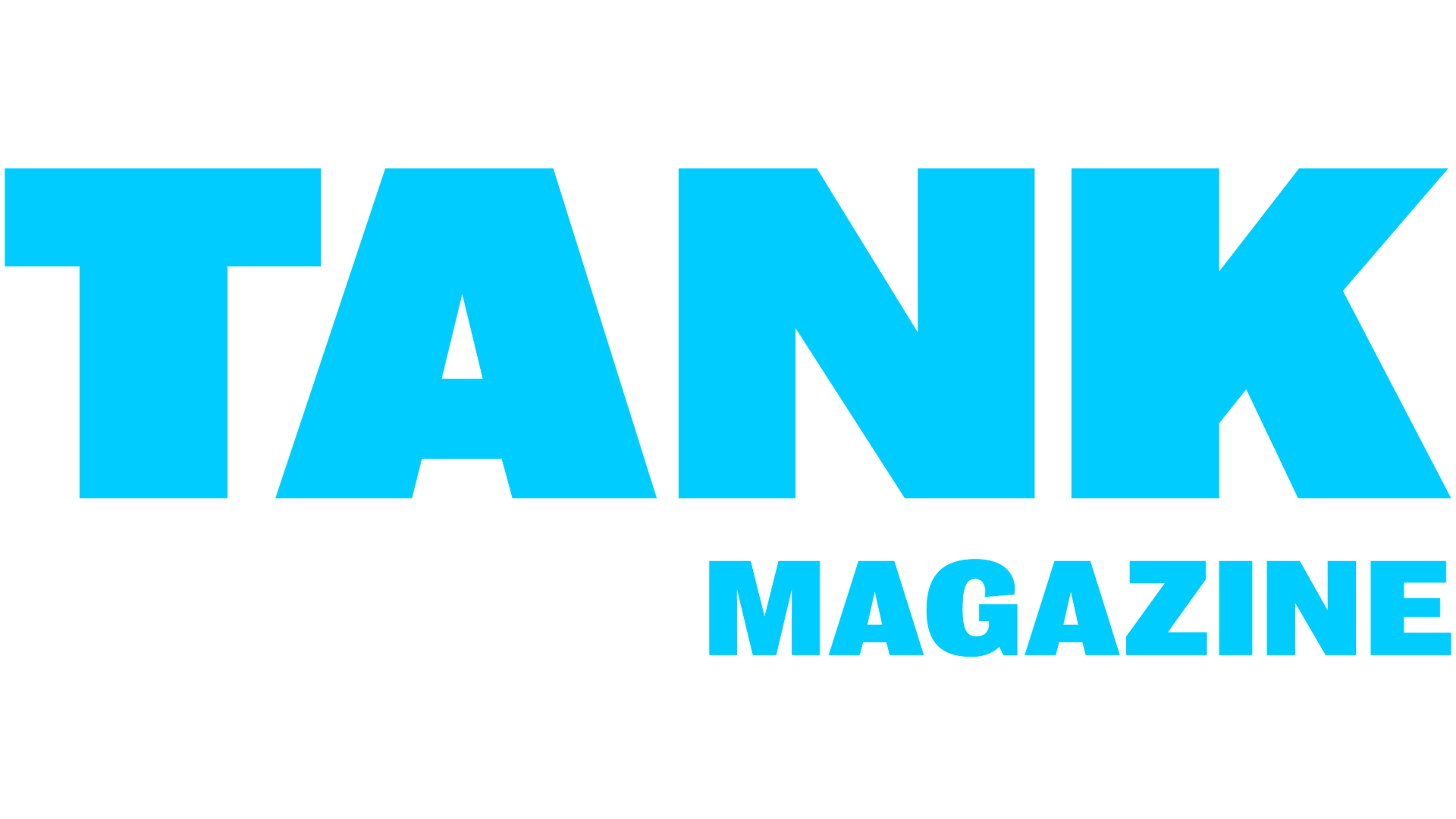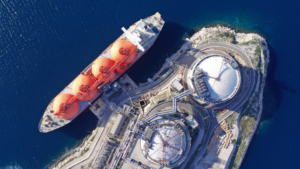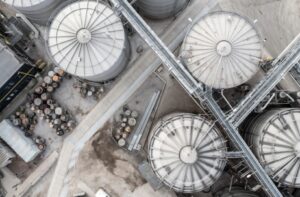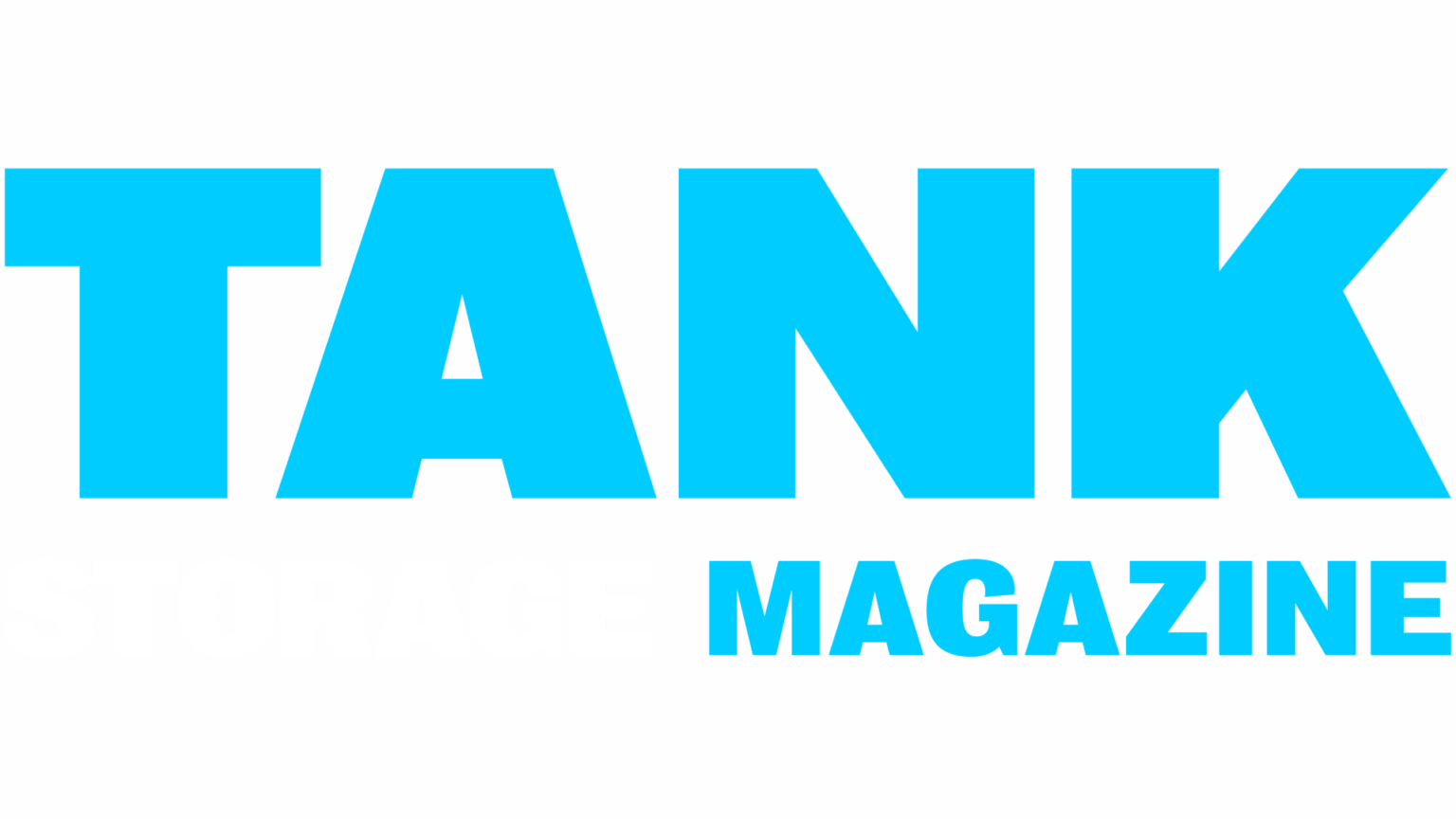Maritime software solution provider UAB-Online has introduced the digital Notice of Readiness (NoR) for seagoing vessels, the latest in the company’s innovative solutions for streamlining liquid bulk operations.

The NoR is an essential document for seagoing vessels and has traditionally taken the form of a paper document that serves as notification by the vessel that it is ready to load/discharge cargo. UAB-Online’s digital NoR eliminates the manual process of communication between vessel and stakeholders and ensures that everyone has critical information in real time.
‘For too long, there have been delays and frustrations among vessels, ports, and terminals surrounding the arrival, departure, and time-sensitive operations of loading and discharging cargo and we are thrilled to bring the digital Notice of Readiness to the industry,’ says Hans Bobeldijk, CEO of UAB-Online. ‘We are confident it will save time and ensure much better communications all around. As we have seen with our inland customers, vessels using our digital solutions experience up to 90 minutes less idle time in port, which means fewer emissions.’
The introduction of UAB-Online’s digital NoR comes at a time when the global shipping industry is looking more and more to digitalisation to drive in efficiencies to its bottom line and to meet owner and charterer demands that their business partners have trackable compliance policies in place.
As of 2024, the International Maritime Organization’s amendments to the Annex to the Facilitation (FAL) Convention making the single window for data exchange mandatory in ports around the world has gone into effect. The maritime single window marks a significant step in the acceleration of digitalisation in shipping, with UAB-Online’s digital NoR able to play a role.
Using UAB-Online’s digital NoR, key stakeholders—terminals, traders, vessels, shipping companies, and agents—gain numerous direct benefits. The terminals experience improved documentation of communication surrounding the NoR, have immediate availability of the arrival timestamp for planning purposes, and gain a uniform recording of timestamps that can aid in resolving demurrage claims. Traders gain insight and overview into the arrival of ships at terminals and can use the uniform recording of timestamps in resolving demurrage claims. For all stakeholders, the digital NoR contributes to a standardised process versus the current practice where seagoing vessels use different versions of NoR documents.
UAB-Online is introducing its digital NoR by going live immediately with key terminal customers in the Amsterdam/Rotterdam/Antwerp (ARA) range including Liquin Terminals, Koole Terminals, VTTI and Maasvlakte Oil Terminal.
Michiel van der Meer, programme manager Port & Supply Chain Performance at the Port of Rotterdam, says: ‘The digital NoR for seagoing vessels helps terminals in our port to optimise their planning, makes load/discharge readiness transparent, and supports just in time arrival to achieve a common goal: reducing emissions in port and at the anchorages.’
Daan Schröder, digital transition lead at the Port of Amsterdam, adds: ‘A good example showing that digitising processes and sharing (event) data between supply chain partners leads to more efficiencies in logistics processes. This benefits the entire port ecosystem, allowing scarce resources to be used more efficiently.’
